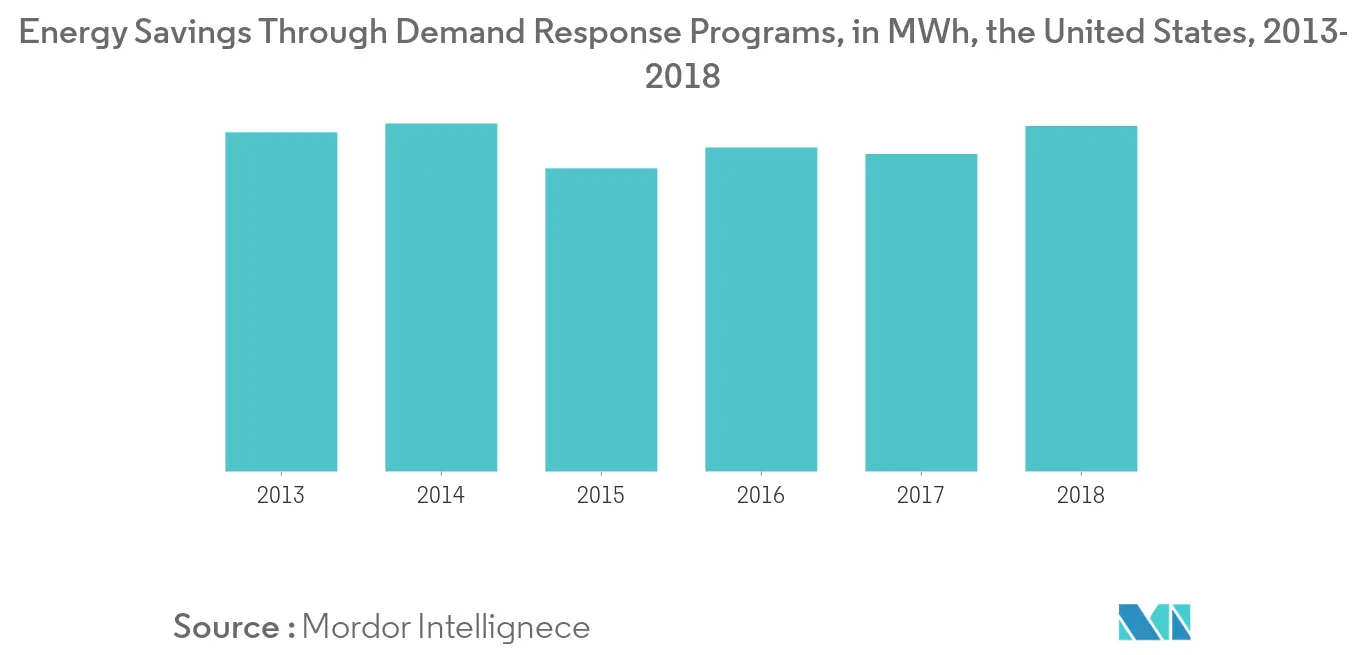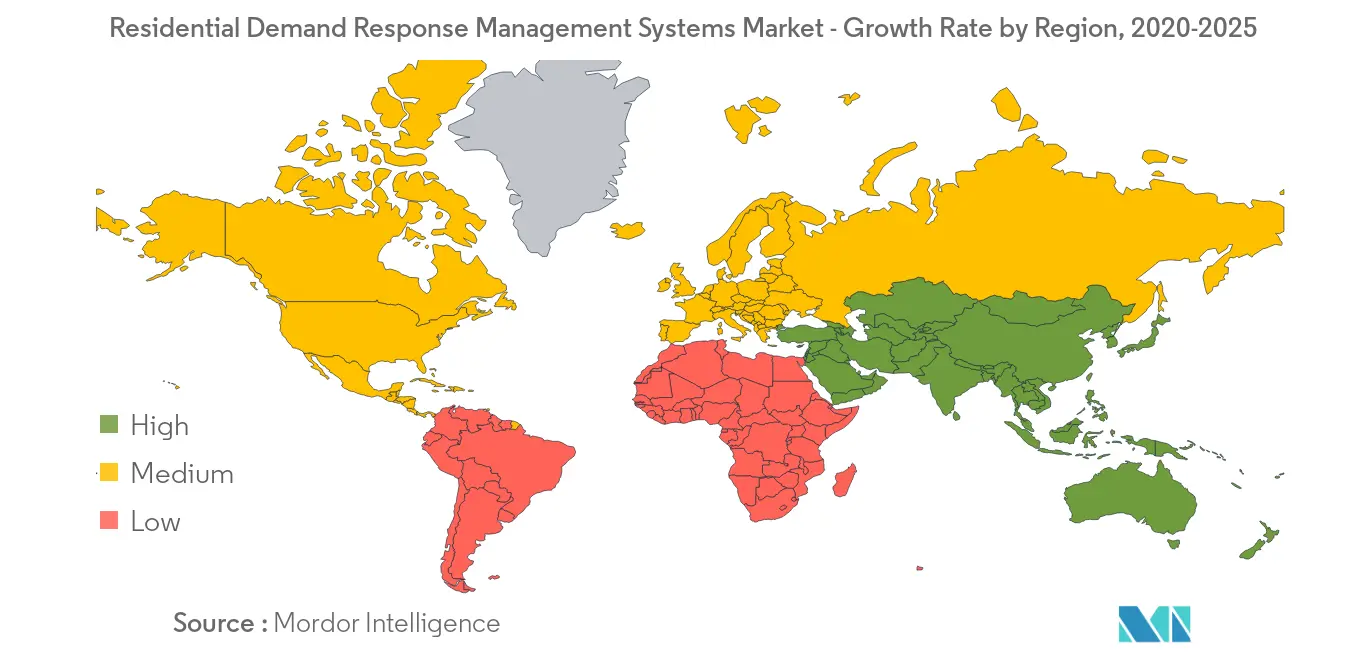Market Trends of Residential Demand Response Management Systems Industry
This section covers the major market trends shaping the Residential Demand Response Management Systems market according to our research experts:
Automated Demand Response System Expected Drive the Market
- Residential demand response is a dynamic energy infrastructure management program designed to support the stability of the electricity grid, and meet the global growing demand for energy with the assistance of energy users in residential sectors who agree to turn down certain electrical loads during periods of peak demand.
- Rapid economic development (over the past two decades) has led to a surge in the world's energy consumption, and this trend is expected to continue in the future. The global electricity domestic consumption in 2018 was 24,643 TWh, which is around 75% higher than the consumption in 2000. By 2030, the electricity demand is set to proliferate. Hence, in order to meet the increasing demand, the governments, worldwide, have begun to pay unprecedented attention to energy efficiency and grid stability.
- Developed countries are implementing large-scale smart grid components into their power systems such as Automated demand response system (ADR). ADR system is one such energy management solution, which is expected to help utilities across the world, to maintain grid reliability and keep cost low automatically. With rising smart grid activities across various countries, the demand for Automate demand response system is rising, and hence RDRMS is expected to witness growth in coming future.
- Therefore, the residential demand response management system is expected to grow because of its ability tothe greatest control, allowing customers to automatically or remotely manage energy consumption at times of peak demand.

Asia-Pacific to Witness a Significant Growth
- The market for residential demand response management system in the Asia-Pacific region is expected to witness significant growth during the forecast period.
- As a largest population nation with a forecasted peak load of more than one terawatt by 2020, China is a potentially large market for residential demand response management systems. The country has experienced shortages in power availability because of rapid economic growth, a situation that has ebbed in recent years. To manage this mismatch in electricity demand and supply, large residential customers were shifting toward RDRMS to uncompensated load reductions to reduce peak demand with bills.
- Adding to this, the Japanese residential demand response management systems market is likely to witness robust growth in the near future, on account of structural reforms in the country's power sector, which is aimed at market liberalization. Furthermore, the planned closure of nuclear power plants in the country is necessitating the industrial demand response programs in the country.
- The Japanese government is planning to modernize the country's power sector, by creating a competitive consumer market. For Japan, an open market is vital in creating the change that is essential for developing a sustainable energy sector. Since 2016, the Japanese electricity market has undergone a massive transformation through deregulation. The regulated tariff is scheduled for phase-out by 2020.
- Therefore, factors such as increasing efforts to modernize the power sector across the regions by the governments of respective countries are expected to drive the market studied during the forecast period.


